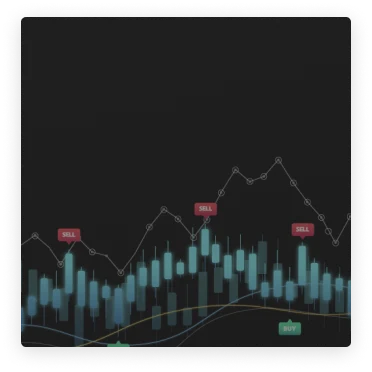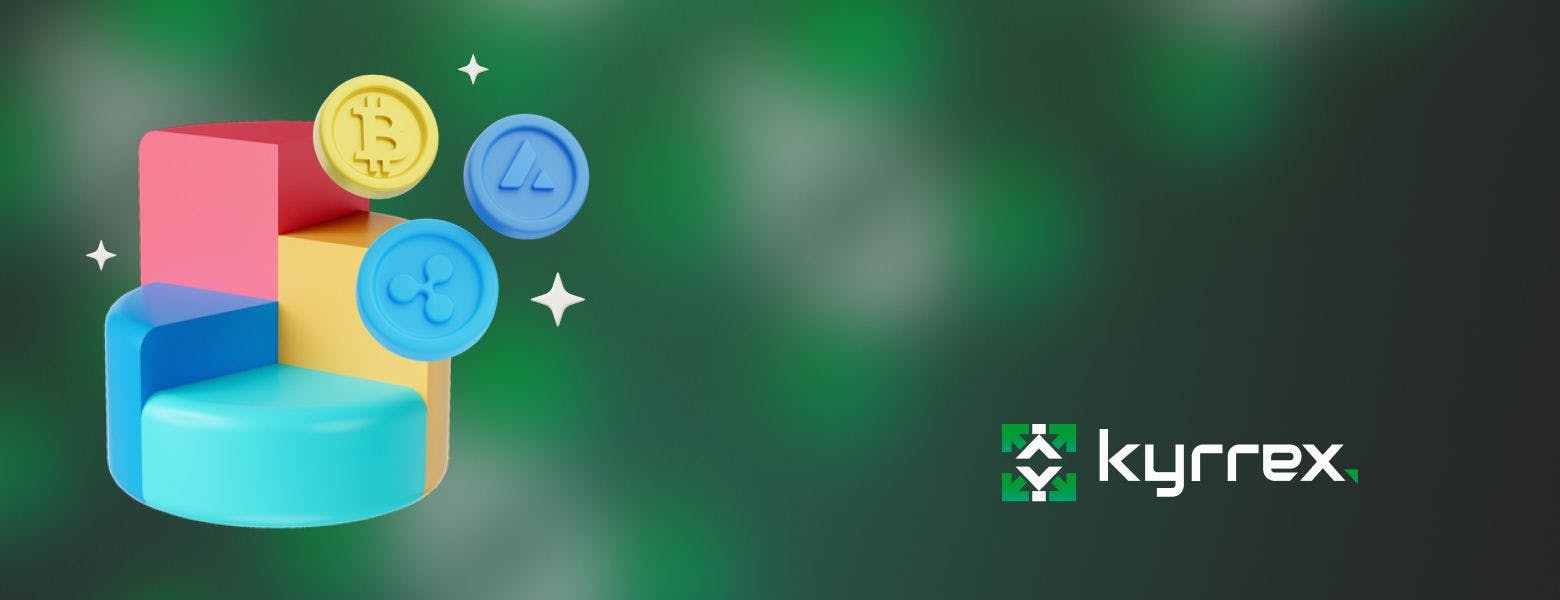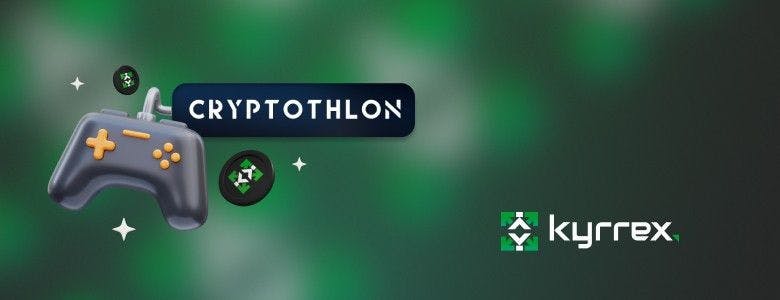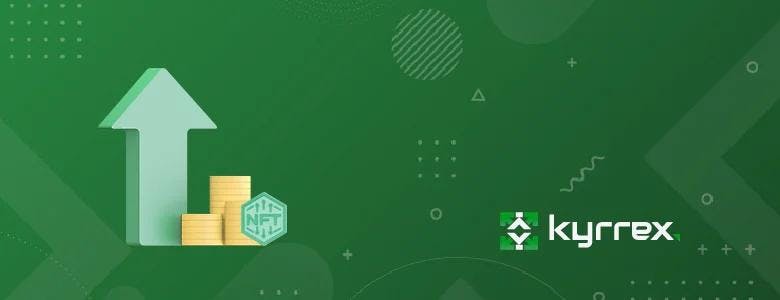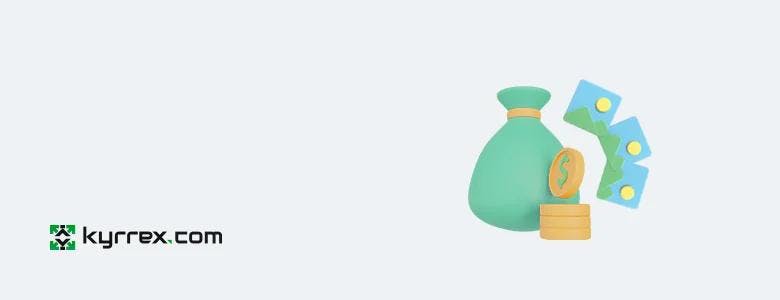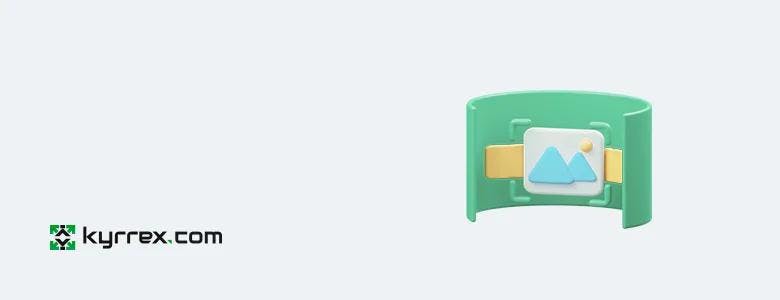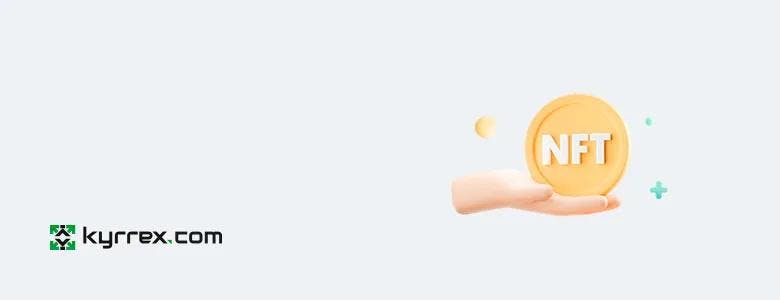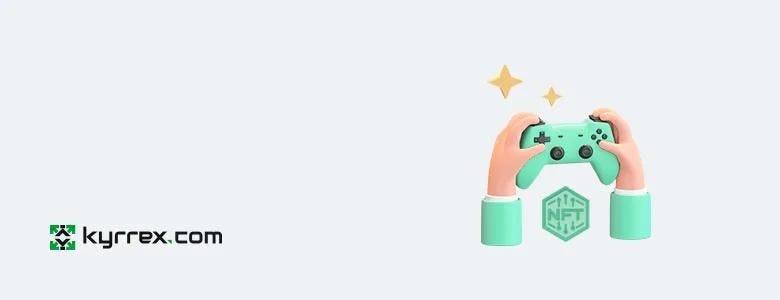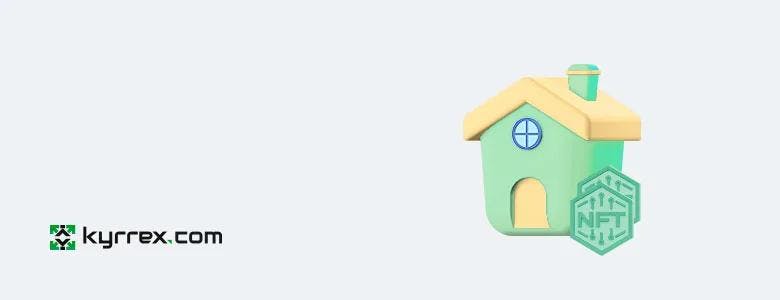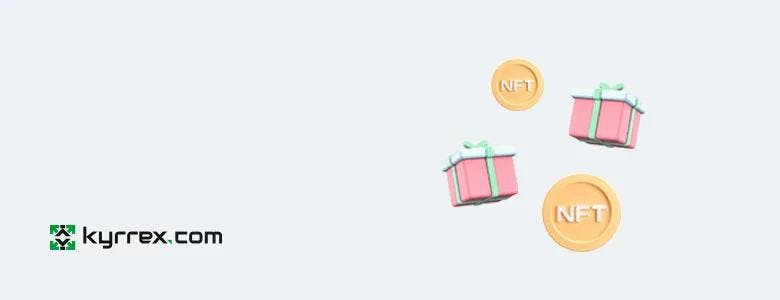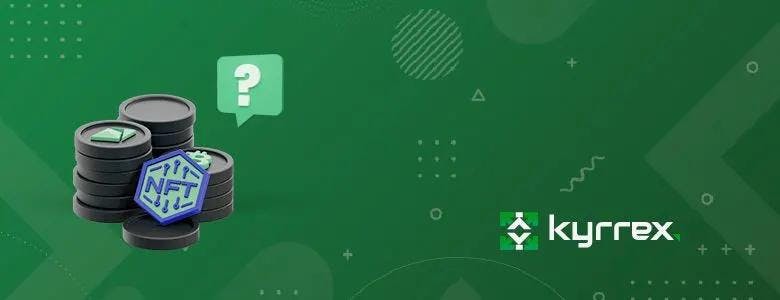
What Are Non-Fungible Tokens (NFTS) And Their Difference From Cryptocurrencies?

While blockchain technology is redefining the financial space, it’s also disrupting other aspects of human life. NFTs are the new craze in town. They’re changing how we view ownership. These digital assets are selling for millions, with a market size well over $2 billion. In this article, we’ll unpack the NFT phenomenon. You’ll find out what they are, their uses, how to mint and trade your own NFTs, and everything in between.
NFT meaning
To understand the meaning of NFTs, it would be a good idea to know the difference between fungible and non-fungible assets. Fungible assets can be substituted with similarly valued assets, like money. However, non-fungible assets cannot be interchanged. For example, you can loan a friend $20, and when they pay back, they can return the same value in four $5 notes. Other assets like Bitcoin or stocks are also fungible. For instance, one Facebook share is equal to another, and 1 BTC on your wallet is the same as another wallet.
Non-fungible assets, on the other hand, have unique properties that you can’t substitute. This means there’s only one specific item in the world. A non-fungible asset could be the original version of a painting or a house. Take the Mona Lisa or van Goh’s The Starry Night, for example. You can reprint them or take pictures, but they’ll only have one original version. Now, non-fungible tokens can be seen as digitized proofs of ownership for physical or digital assets. They’re unique tokenized assets issued on a blockchain. You can buy and sell them like other real-world assets like property or paintings.
Buying an NFT means transferring ownership of the underlying asset to yourself. This could be art, music, domain names, or houses.
NFTs have the following characteristics:
- They cannot be substituted or replicated
- They’re permanent
- They can’t be counterfeited
- Ownership is easy to verify
Like cryptocurrencies, NFT transactions are stored on a blockchain or distributed ledger. This makes it difficult to forge them or falsify ownership. Instead, you only have to look at the blockchain to know who owns a particular non-fungible token.
Differences Between NFTs and Cryptocurrencies
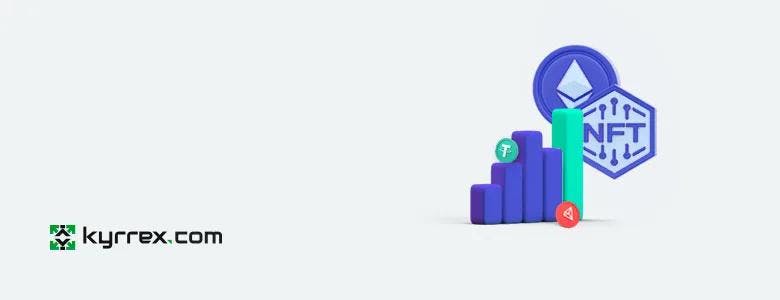
While NFTs and cryptocurrencies exist on the blockchain, they are not the same. Cryptocurrencies are cryptographically secured digital assets that have no difference from each other. For example, 1 ETH is the same everywhere and can be exchanged for other currencies, like Bitcoin. However, NFTs are non-interchangeable assets that are also secured by cryptography. Therefore, one NFT cannot be substituted with another NFT, and they can’t be exchanged.
How NFTs Started
The first-ever group of NFTs appeared on the Bitcoin blockchain. They were called “The colored coins.” They were used to prove ownership of real-world assets on the blockchain. Fast-forward to 2014. Counterparty was born. The company was founded by Adam Krellenstein, Robert Dermody, and Evan Wagner. The platform is a distributed, open-source protocol and peer-to-peer financial platform that leverages the Bitcoin blockchain. The company created a decentralized exchange where people could create and trade assets.
In 2016, the developers of the game Spells of Genesis partnered with Counterparty to create in-game assets and a currency known as BitCrystals. After that, Force of Will, a trading card game, partnered with the company to launch their cards on the platform. These moves signaled the value of Non-Fungible Tokens. Later, different Ethereum standards, known as ERC-721 and ERC-1155, were introduced for NFTs. This is because tokens on the ERC-20 network are allowed to interact with themselves and are indistinct from each other.
The NFT boom – Why are NFTs so Popular?
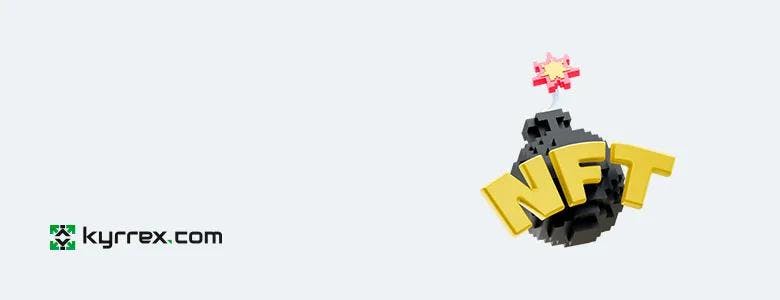
Saying that NFTs are popular is an undersell. Everyone conversant with the crypto community knows about these digital assets. Every exchange now offers NFT marketplaces, and NFT platforms are springing up daily across blockchains.
Examples of record-setting NFT sales are still mind-blowing.
- Beeple, the digital artist, sold the piece called “Everydays: The First 5000 days” for $69.3 million.
- Jack Dorsey, Twitter’s CEO and co-founder sold an NFT of his first tweet for over $2.9 million.
- One LeBron James basketball clip sold for more than $200,000 as an NFT.
- A 2011 GIF of a cat, called Nyan Cat, sold for almost $600,000
The first six months of 2021 saw the NFT market volume grow to more than $2 billion, up from $94 million in the previous year. Apart from the headlines made by the expensive NFT sales, companies like Cloudflare and Twitter fed into the hype by making NFTs seem more legitimate. The former marketed Non-Fungible tokens to its clients and announced that its streaming service, Cloudflare Stream, will now support NFTs. This means any video on stream can have an NFT contract showing ownership on a blockchain.
Also, celebrities like Jay Z, Katy Perry, and Shaquille O’Neal have all jumped on the NFT bandwagon. What’s more, the NBA now has a dedicated marketplace where it sells NBA video snippets as NFTs. Other big brands like Marvel have launched theirs, and companies like eBay and Dolphin are getting in on the action.
Taco Bell and Charmin hosted auctions to sell themed NFT art. It only took minutes for Taco Bell’s NFT to sell out 1.5 wrapped ether (same value as 1 Ethereum).
Will NFTs Fail?
In reality, you can search for the Nyan Cat GIF and download it on your computer. The Beeple JPEG that sold for $69.3 million can be found and viewed on the Internet. And you can always watch the LeBron James clip whenever you want to. The only difference between you and the owners of these NFTs is that they have verifiable ownership rights to these digital items, just like owners of original art pieces. While skeptics call NFTs a giant bubble waiting to burst, proponents see it as a revolutionary way to own digital assets.
How to Invest in NFTs
If you want to jump on the NFTs train, it’s your lucky day. We’ll be showing you how to buy NFT tokens, mint your own NFTs, and the best NFT investments to explore. You can mint your own NFTs, put them up for sale, or run an auction. You can also buy upcoming NFTs and flip them for a profit. What’s more, if you’ve been asking, “What is an NFT stock?” or “What are NFTs stocks?” you’ll find all the answers you’ve been looking for.
How to Buy NFTs
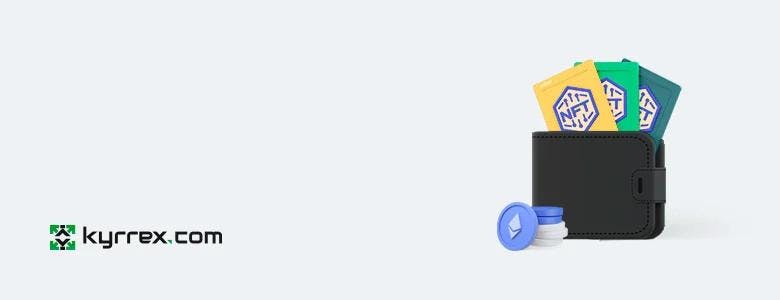
Whether you want to enter NFT trading or own some of these assets, you’ll have to know your way around purpose-built NFT marketplaces. However, before we get too far, there are essential steps to follow. For starters, you must open a cryptocurrency wallet before you can invest in NFT assets and participate. This is because the different marketplaces for NFTs require the wallet to make transactions and interact with the corresponding blockchain.
Top NFT marketplaces include OpenSea, Foundation, SuperRare, and Rarible. In addition, there are now up to hundreds of platforms springing up, and exchanges now run centralized hubs for buying and selling tokenized assets. Now, let’s walk you through setting up a cryptocurrency wallet before showing you how to buy NFT tokens.
Setting up a Cryptocurrency Wallet
There are different non-custodial crypto wallets that you can choose from. While some wallets, like MetaMask, support multiple blockchains, others, like Sollet, are blockchain-specific.
The NFT marketplace where you want to trade should guide your decision on the wallet to use.
The process is quite similar across different wallets. It involves:
- Download the mobile wallet application or web extension
- Back up your seed or mnemonic phrase or private key
- Confirm your private key or secret phrase
- And fund the wallet
We’ll be using the MetaMask wallet as an example for this guide. Follow these steps to create a browser extension wallet:
- Head to the MetaMask website – metamask.io – to download the browser extension. Unfortunately, fake Metamask wallets are often deployed on the Google web store from time to time. So, make sure you go through the official MetaMask website.
- Click on the Download button on the site’s home page.
- The website will detect your browser and provide the appropriate link. For example, if you use Chrome, you’ll see the “Install MetaMask for Chrome” button. On Mozilla Firefox, you’ll see “install MetaMask for Firefox” instead.
- After clicking it, you’ll be redirected to the MetaMask page on the Chrome web store or Firefox Add-Ons platform.
- Click on Add to Chrome or Add to Firefox.
- Click on Add Extension in the confirmation fly-out.
- You’ll see the MetaMask setup page once the installation is complete.
- After clicking on the Get Started button, the next step involves backing up your seed phrase since you’re creating a new wallet.
- So, click on the Create Wallet button
- Select Agree – or No Thanks – to allow MetaMask to use your data.
- Create a password on the next page.
- You can watch the video on the Secret Recovery Phrase page to learn more about it. You should note that anyone with access to your secret phrase will control your wallet and all the funds in it.
- Click on the Next button to proceed.
- Now, click on the padlock to view your secret phrase.
- Write down the seed phrase somewhere and keep it safe.
- Click on Next.
- You’ll now be required to confirm your secret phrase by entering them in their original order.
- Do that and click on Confirm.
- Select All Done, and you can now view your wallet with your Ethereum balance.
You can switch networks (blockchains) by clicking on the Ethereum Mainnet drop-down menu at the top. Select custom RPC, then enter the details of the blockchain network you want to add. You can find those details on the website of the blockchain project you’re looking to add to MetaMask. The steps above can serve as guiding principles to creating any wallet. Make sure you’re downloading the official wallet, whether it’s an extension or mobile application. Also, ensure you keep your secret phrase safe, as this is what you’ll need to recover your wallet whenever you lose access to your device.
Buying and Selling NFTs
While many blockchains now offer NFT minting features, Ethereum is the most popular and reliable. The downside here is that you’ll get to pay a lot in gas fees. However, with platforms like Polygon popping up, you can reduce the amount you spend. OpenSea and Rarible are the most prominent marketplaces for NFT trading on the Ethereum blockchain. However, once you’ve learned how to use them, buying and selling on other platforms should be easy.
Before you start, note that setting up a wallet isn’t enough. You also need Ethereum in your wallet to process gas fees. So, head over to a crypto exchange, purchase ETH and transfer it to the wallet you just created. To deposit ETH into your wallet, click the Copy symbol at the top of the extension. Then, use the copied address to withdraw your funds from the exchange.
How to Use OpenSea
OpenSea is the largest NFT trading ground in the world. There’s a sea of collections trading at low and outrageous prices. It’s the best place to find NFT gems that can be later sold for profit.
If you’re an artist or have items you’d love to convert to NFTs and sell, this is the biggest platform to find buyers. OpenSea is a decentralized marketplace. This means you don’t have to pass through any KYC process or register using your name. Instead, all you need is an Ethereum-supported cryptocurrency wallet.
Here’s how to use the platform:
- Go to openSea.io.
- Click on Create.
- Choose MetaMask.
- When your MetaMask wallet extension shows up, click on Next and connect.
- Click on Sign to accept the OpenSea Terms of Service.
- At first, you’ll be taken to the Create page. This is where you can mint a new NFT. You can upload an image, video, audio, GIF, and vector file, among others.
- Enter the name of the NFT and description. You can also add a link to your web page.
- There are other features such as Stats, Levels, and Properties that help you track the asset.
The Explore menu in the navigation bar allows you to check out different NFT collections. The Stats menu enables you to see collection rankings and activity. Finally, the Resources menu is where you’ll see learning materials, helpful information and access the gas-free marketplace built on the Polygon blockchain. With the OpenSea search bar, you can find a creator’s collections by entering their contract address. You can also type the name of the NFT or collection you want to check out or buy. The search bar also offers you different sorting options such as Recently Created, Recently Listed, High to Low Prices, and so on.
Using Rarible
Rarible is also a decentralized NFT trading zone that requires you to have a Metamask wallet with an adequate ETH balance. Follow these steps to use the platform:
- Go to Rarible.com.
- Click on the Sign In button.
- Select Sign In with Metamask.
- Click on the Next button once the Metamask extension appears and select Connect.
- Accept the terms of services and proceed.
- You’ll be redirected to the Explore page, where you’ll see different NFTs on sale.
The website is pretty intuitive. A Create button conveniently placed in the top-right corner allows you to mint your own NFTs with ease.
Other NFT Marketplaces
NBA Top Shot is the NBA’s NFT platform where the basketball body sells tokenized “Basketball’s greatest moments.” The main difference between this platform and decentralized marketplaces is that you’ll sign up using an email address. Exchanges are also creating NFT marketplaces. You can sign up on Kyrrex crypto trading platform, for example, and buy or sell your own NFTs.
If you’re wary of Ethereum’s gas prices, you can check out other platforms on blockchains such as Solana, Avalanche, and Algorand, among others.
Non-Fungible Token Stocks
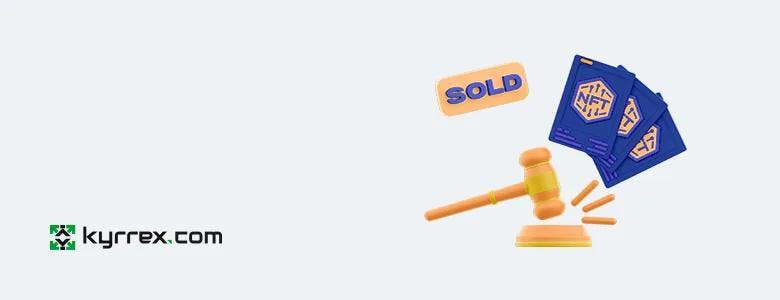
Another way to get in on the action is by investing in NFT stocks. Many companies are noticing how NFTs are transforming the art, gaming, and even financial industries, and they don’t want to be left out. Apart from brands leveraging NFT auctions to raise funds for charity, others are making it a part of their businesses. This means you can buy in on their stock and ride the NFT wave without owning actual NFTs.
What are NFT stocks? You must be asking.
They’re traditional stocks, but for companies with NFT investments. For example, Shopify and Visa are making a foray into the world of NFTs. Visa recently purchased a tokenized Cryptopunk asset worth $150,000 to understand better how they work. Shopify, on the other hand, is bringing NFTs mainstream by allowing some merchants to sell NFTs. So, you could trade the stocks of these companies on the New York Stock Exchange. Others include Vinco Ventures, Cloudflare, Dolphin Entertainment, and eBay.
NFT Investment: Finding the Right Gem
Spotting the next NFT to flip can be tricky business. It’s different from finding a good cryptocurrency project, buying its token, and waiting for its price to explode.
Going to the Explore page on OpenSea, you can see recent trade activities. Multiple and repeated sales from the same collection should tell you what’s hot and trending.
However, the most important thing you have to do when it comes to NFTs is research. Find out everything there is about a project. For example, who are the founding members? What’s its roadmap? And what’s its community size and strength.
Ideally, you should look for projects with the lowest supply of items in each collection. In addition, make sure the project has a high number of owners and a significant amount of increased trading volume. Finally, research on companies entering into the NFT space and consider going for those NFT stocks.
Conclusion
Whether or not NFT skeptics believe it’s a bubble waiting to burst, the market is still on a high. There’s no doubt the future holds a lot for these assets seeing that big brands are taking them mainstream. So, if you were thinking about investing in NFT assets, now is the right time to do your research and check out hidden gems.
